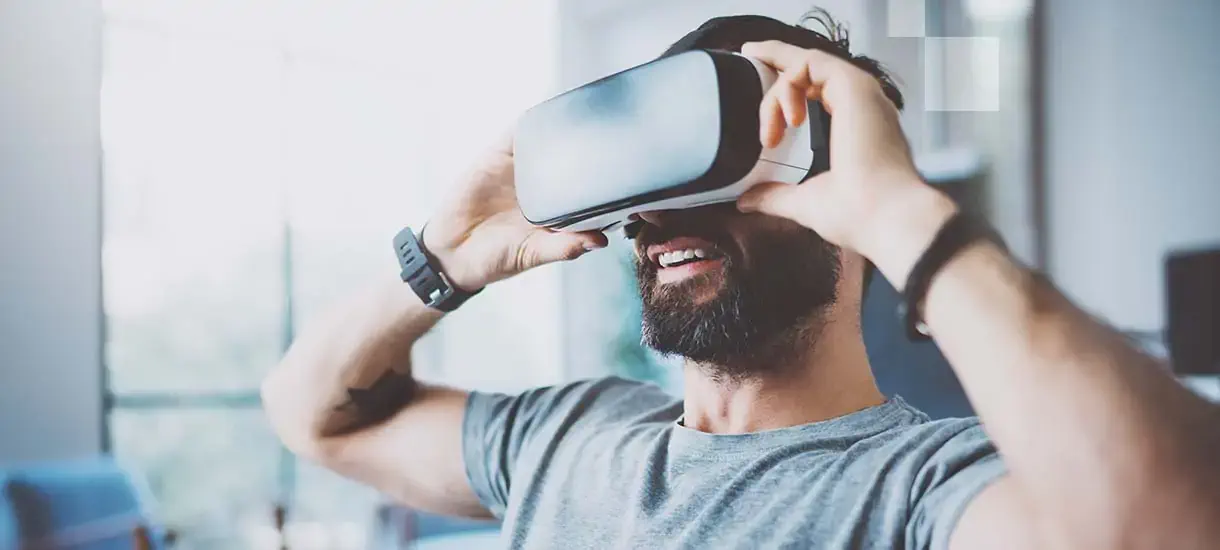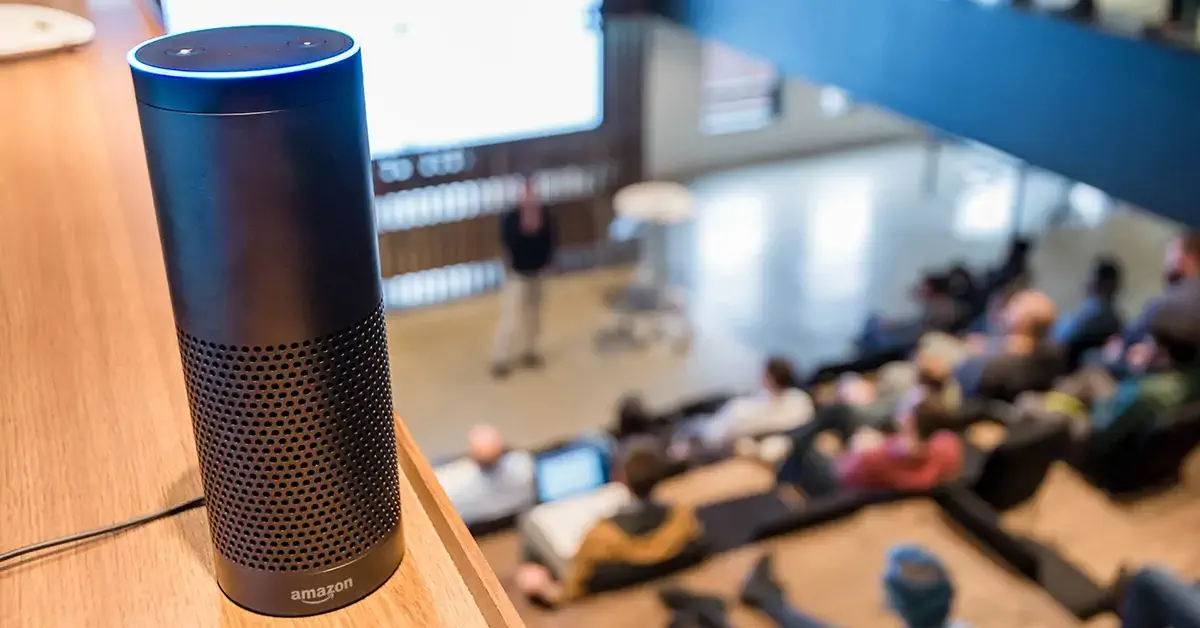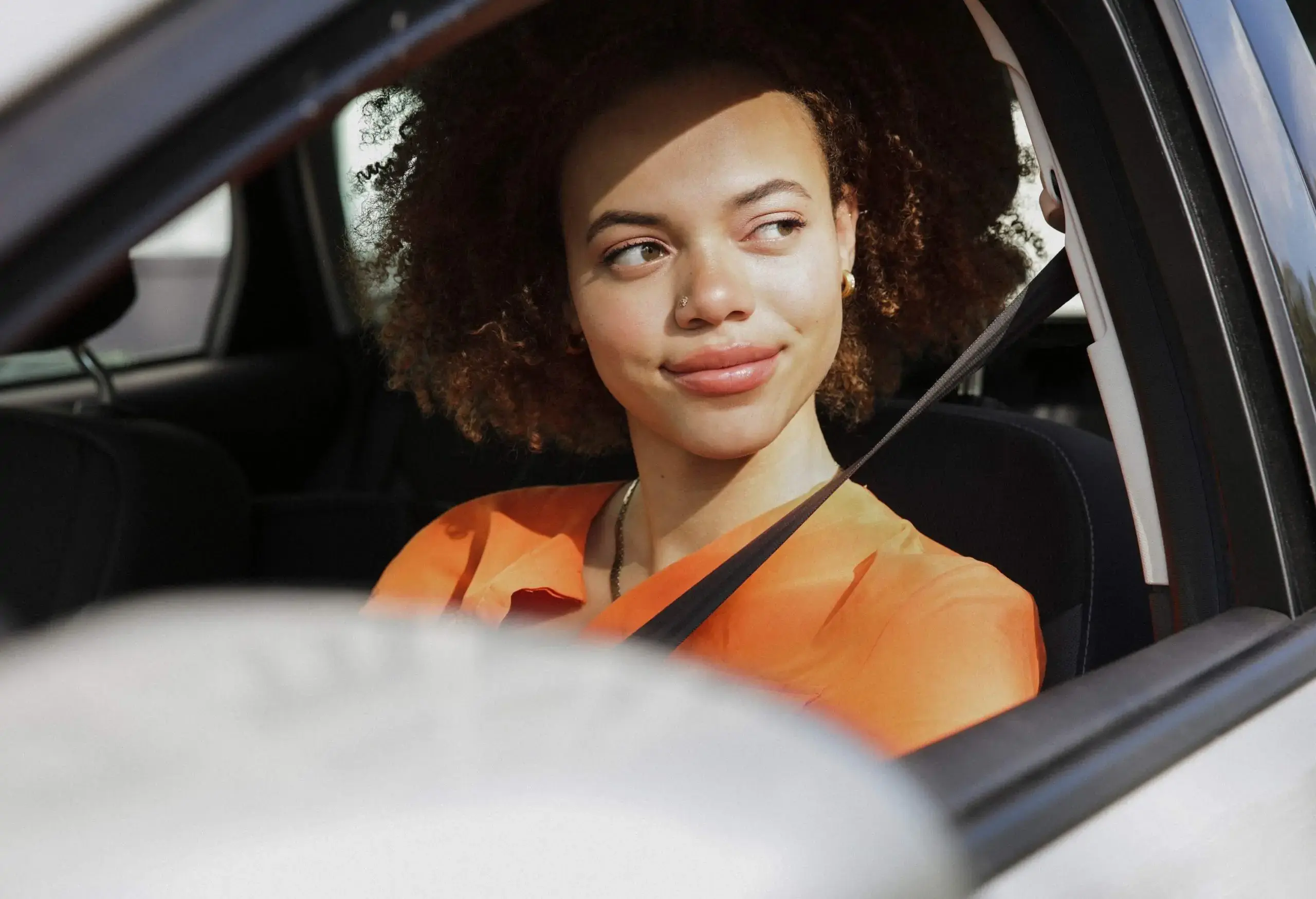From luggage that follows your every move to a robot-run hotel, we can hardly believe these innovations are real. Here are nine tech-y travel gadgets that are so ahead of the curve, they’re almost creepy.
3D/VR/AR Dining
Travelers can get a taste of tomorrow now that 3D printing, virtual reality and augmented reality have made their way into kitchens around the world. Food Ink, the world’s first 3D printing pop-up restaurant, delivers meals from pixel to plate. At a Food Ink dinner, all the food, utensils and furniture are produced by 3D printing.
An increasing number of restaurants are turning to augmented reality to tempt diners. This includes AR menus of mouthwatering 3D food. Using AR company Kabaq, restaurants can render their menus and dishes in augmented reality, letting diners can check out what’s on the menu in 3D. Organic burger franchise Bareburger, which has locations in Germany, Japan, United Arab Emirates, and the US, recently announced it will soon replace its paper menus with AR menus, and diners will also be able to view realistic menu items via Facebook and Snapchat.
Tucking into a calorie-free dinner seems too good to be true, but the folks behind Project Nourished hope to soon offer a fanciful, calorie-free feast near you. This is thanks to a fusion of molecular gastronomy and virtual reality. The culinary concept mimics the eating experience by combining mixed realities: VR, aromatic diffusion and auditory sensation. Diners wear a VR headset that sets the scene while a diffuser is used to dissipate the smell of the food. While you can’t book a meal just yet, the team periodically showcases its experiments and work around the world.
Ultra-fast transit
Hyperloop One will one day whisk passengers at freakishly fast speeds – up to 760mph (2-3 times faster than high-speed rail and 10-15 times faster than traditional rail). Travelers board an aerodynamic vehicle that glides via electric propulsion through a low-pressure steel tube. Virgin, the company behind Hyperloop One, hopes to have the revolutionary transport operational by 2021. Plus, the ultra-fast, below-ground transport system is driver-less, quiet and energy efficient.
Rolling robotic luggage
Not sure who originally asked “What if suitcases were more like dogs?” but we like where they went with it. Travelmate is a robot suitcase that follows travelers and adjusts to their human companion’s speed via a smartphone. Worried someone might get in between you and your luggage? Travelmate’s built-in sensors make the suitcase stop if someone steps in front of it. The coolest (and spookiest) part about this suitcase is that it acts like a robot, operating without a user’s input. There’s a built-in speaker, so one day your luggage may even be able to talk to you. The catch? This suitcase-robot is $1,099. And while you scoff, in reality demand is so high, it takes up to 90 days for a suitcase to arrive.
Foldable car
Bosnian mechanical engineer Elvis Cero has created City, a collapsible car and ingenious cure for those who find themselves perennially looking for a parking spot. Reminiscent of a life-size transforming toy, the lightweight aluminum, single-seat car has bicycle wheels and a battery that lasts up to five hours. When it’s time to park, the car folds into a wheeled suitcase in about three minutes.
Tiny real-time translator
Never get lost in translation again. The Pilot uses dual-noise cancelling microphones to capture speech, then translate that speech into one of 15 supported languages. The tiny earbud system breaks language barriers with its advanced digital signal processing that optimizes human speech, before passing it through a mobile app and a cloud translation engine. At a recent IO address, Google announced that Google Translate would be able to do something similar — with the addition that you could snap a pic of written language (say a menu or shop sign) and have it translated instantly.
Go back in time
All right, so it’s not like you’ll be hanging out with dinosaurs, but you can time travel with TimeLooper, a mobile app that lets users “travel” to iconic locations using it’s augmented and virtual reality technologies. You can see historic and cultural sites from the past in your current physical environment via cinematographic storytelling and technology. Some historic sites and tour operators are even offering cardboard headsets that enhance the experience and let you witness historic moments when you visit. Currently, there are 50+ time travelling experiences in London, New York and sites like Angkor Wat in Cambodia.
Communicate without words
At a loss for words? It’s okay, you might not ever have to speak again with AlterEgo, a wearable device that aims to combine humans and computers. While it does not read your mind, the system lets people silently communicate with machines by internally speaking or saying words in their head. AlterEgo consists of bone-conduction headphones that transmit vibrations from bones in the face to the inner ear. Electrodes on the face and jaw pick up neuromuscular signals triggered by internal verbalizations. As an academic research project at the MIT Media Lab, AlterEgo can’t be purchased. Yet.
Robot-run hotel
Henn-na Hotel is the first hotel in the world staffed by robots. Yes, robots. Multi-lingual robots check guests in and out of the freakishly futuristic hotel, and guests can use facial recognition to unlock their rooms. The energy-efficient guest rooms feature motion sensors that turn lights on and off, and use radiant panel air conditioning. Hotel amenities include a shop and vending machines; there is no restaurant or room service. If the idea of staying at a robot-run resort creeps you out, rest assured a few humans work there too.
Tech toilets
Travelers in Terminal 2 at London’s Heathrow Airport are likely to find some of the cleanest and smartest bathrooms in the world. Embedded sensors count the number of people who use the washrooms, alerting cleaning staff after a certain number of people use the toilets. They also tell staff if amenities like soap and toilet paper need replenishing, and if toilets are backed up. Additional data, like which bathrooms are used most often and how long it takes for cleaners to arrive, are said to help the airport analyze trends. It’s easy to flush away the reassurance that the data collected is anonymous.
Which of these futuristic travel innovations has you the most freaked out? Follow us on Facebook and Instagram, and let us know.






